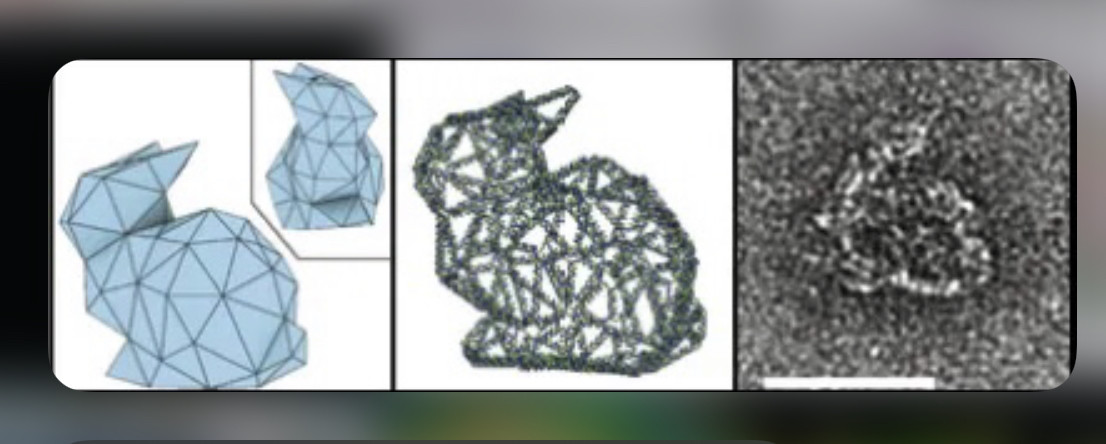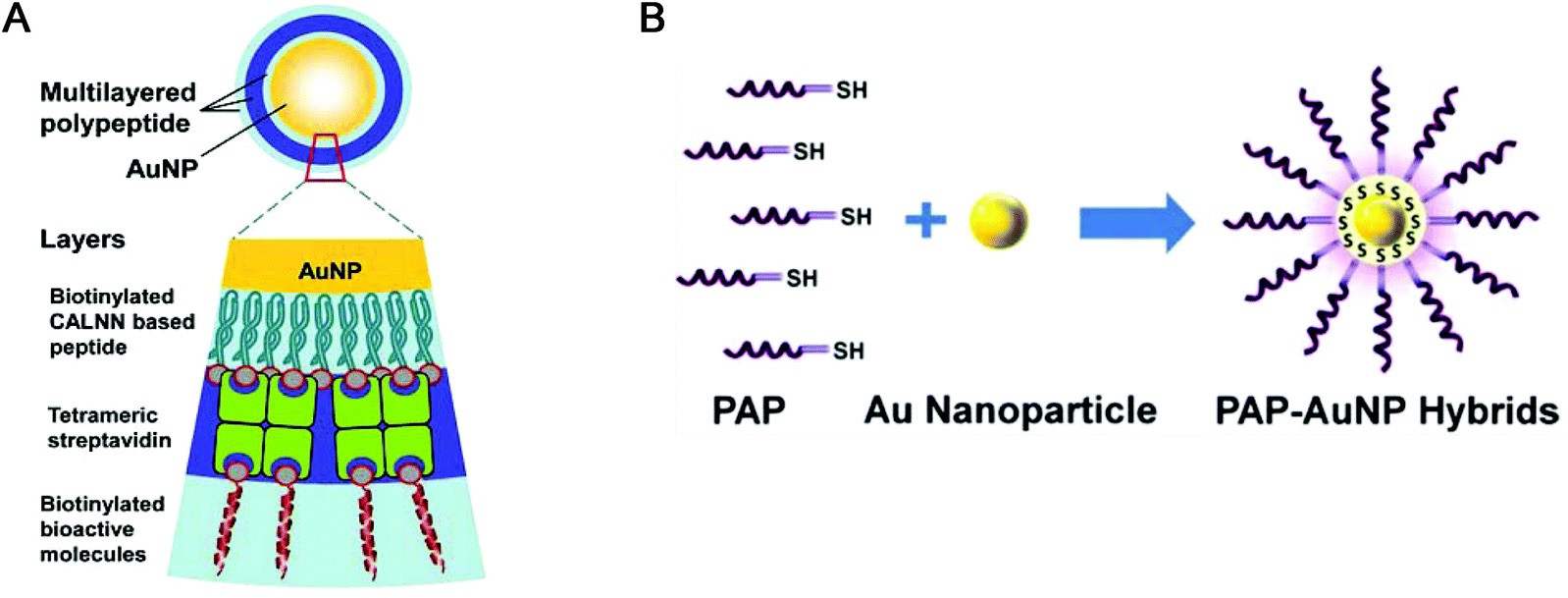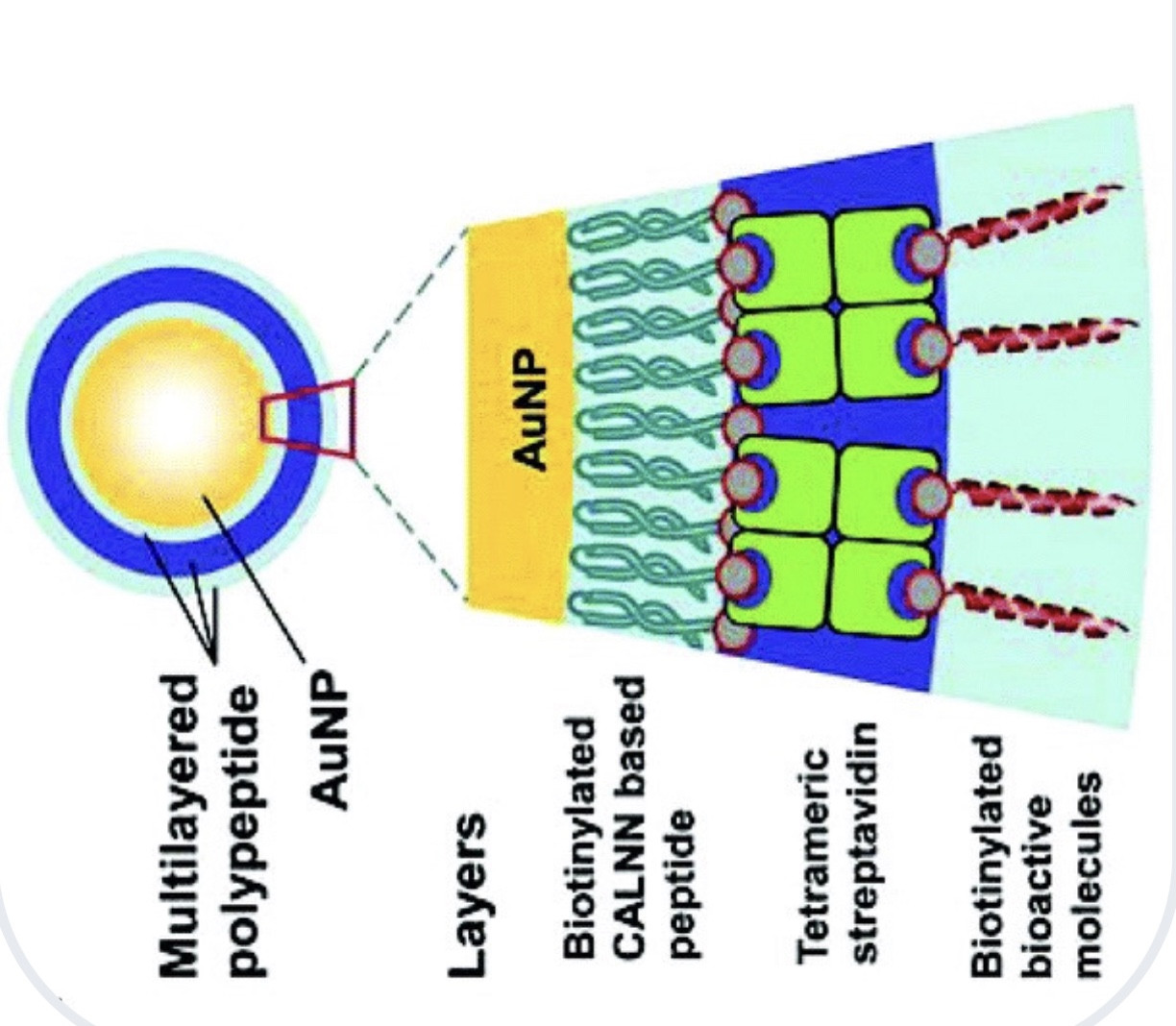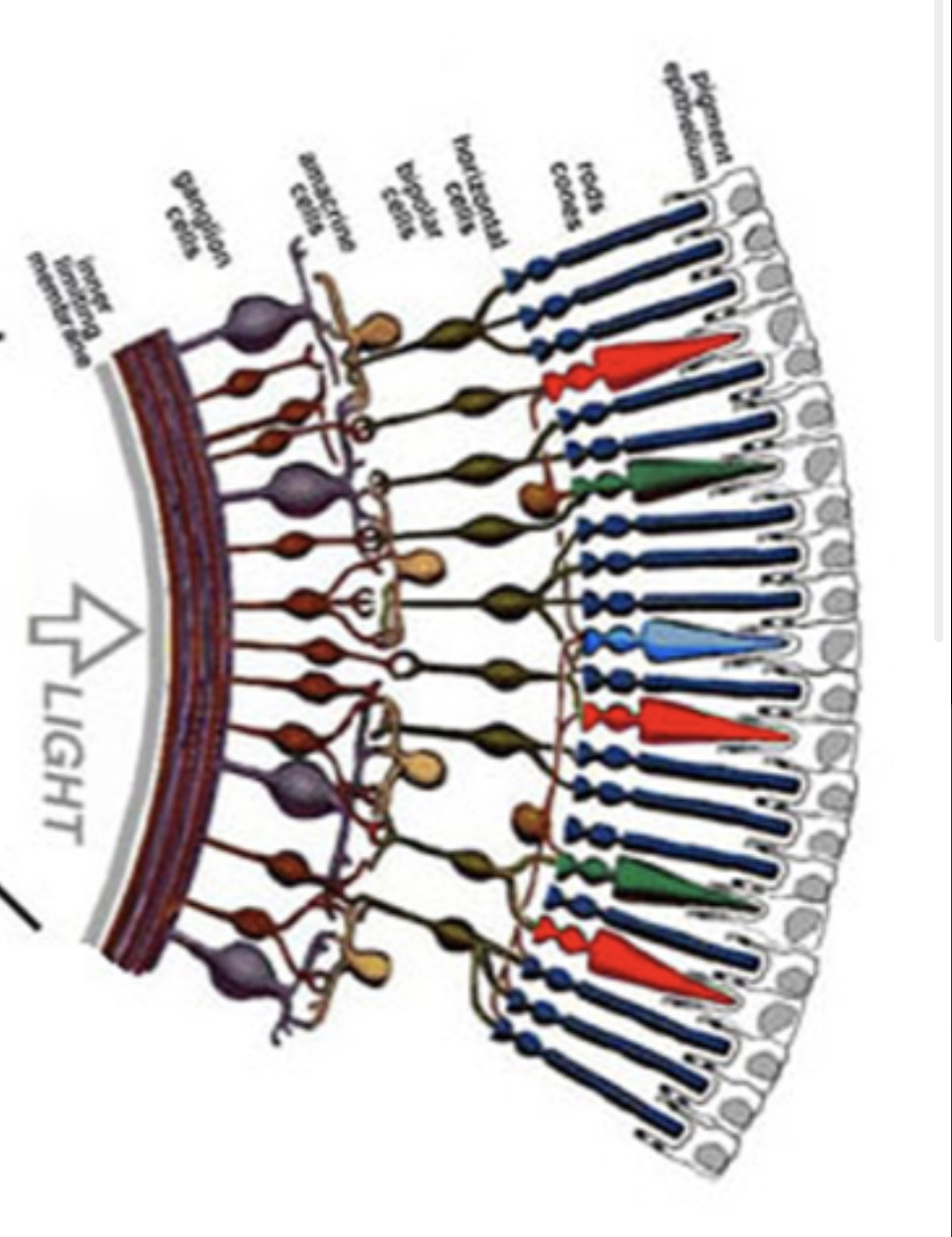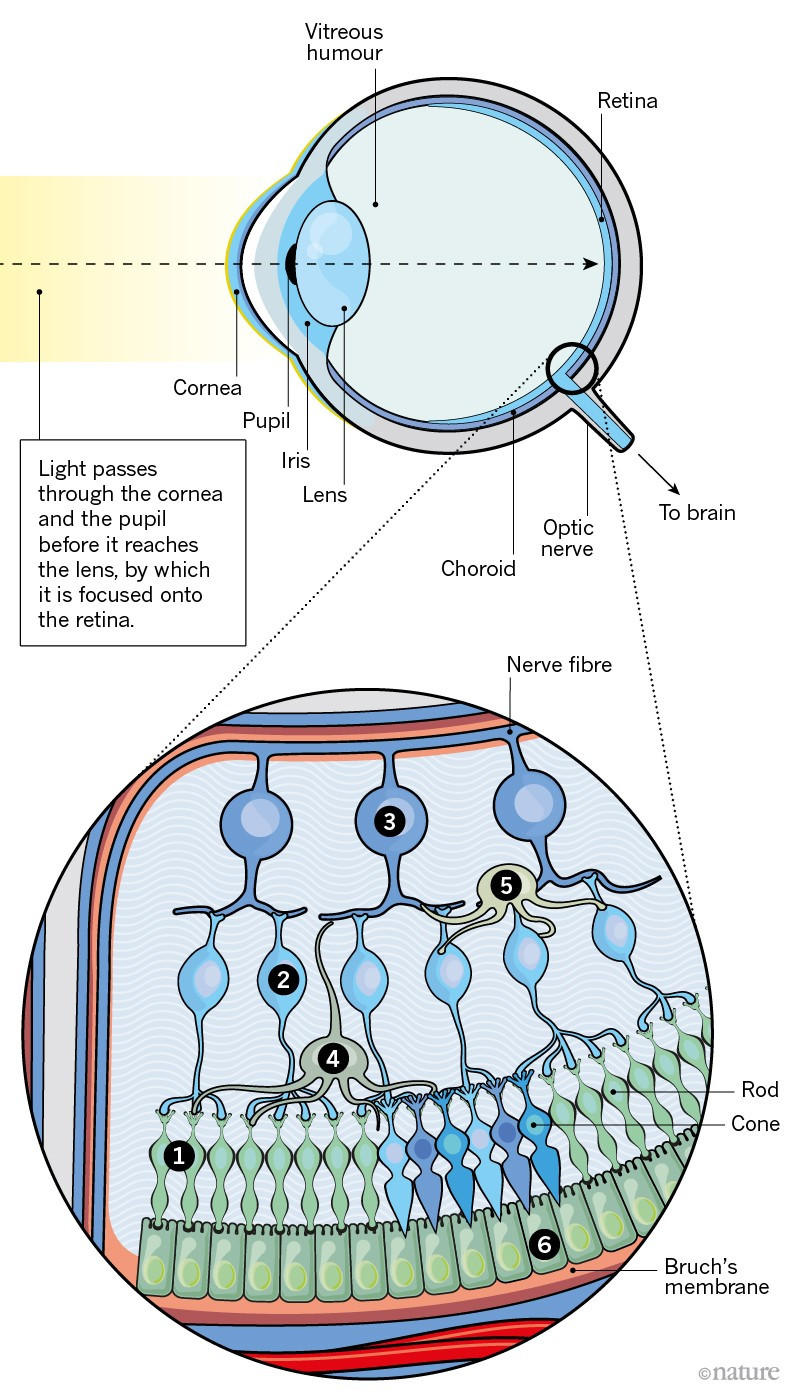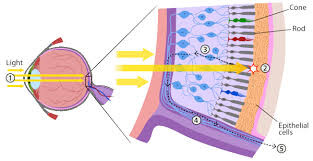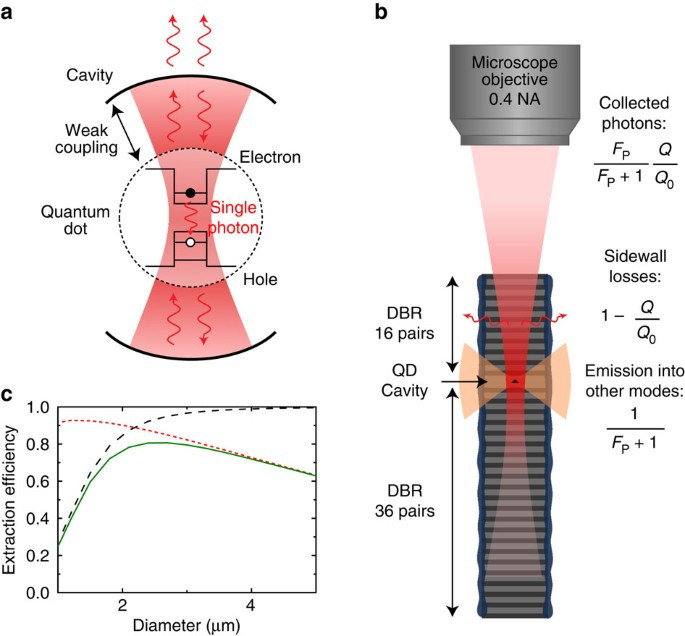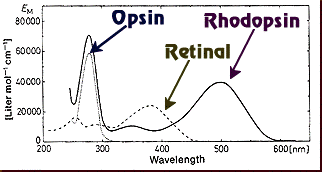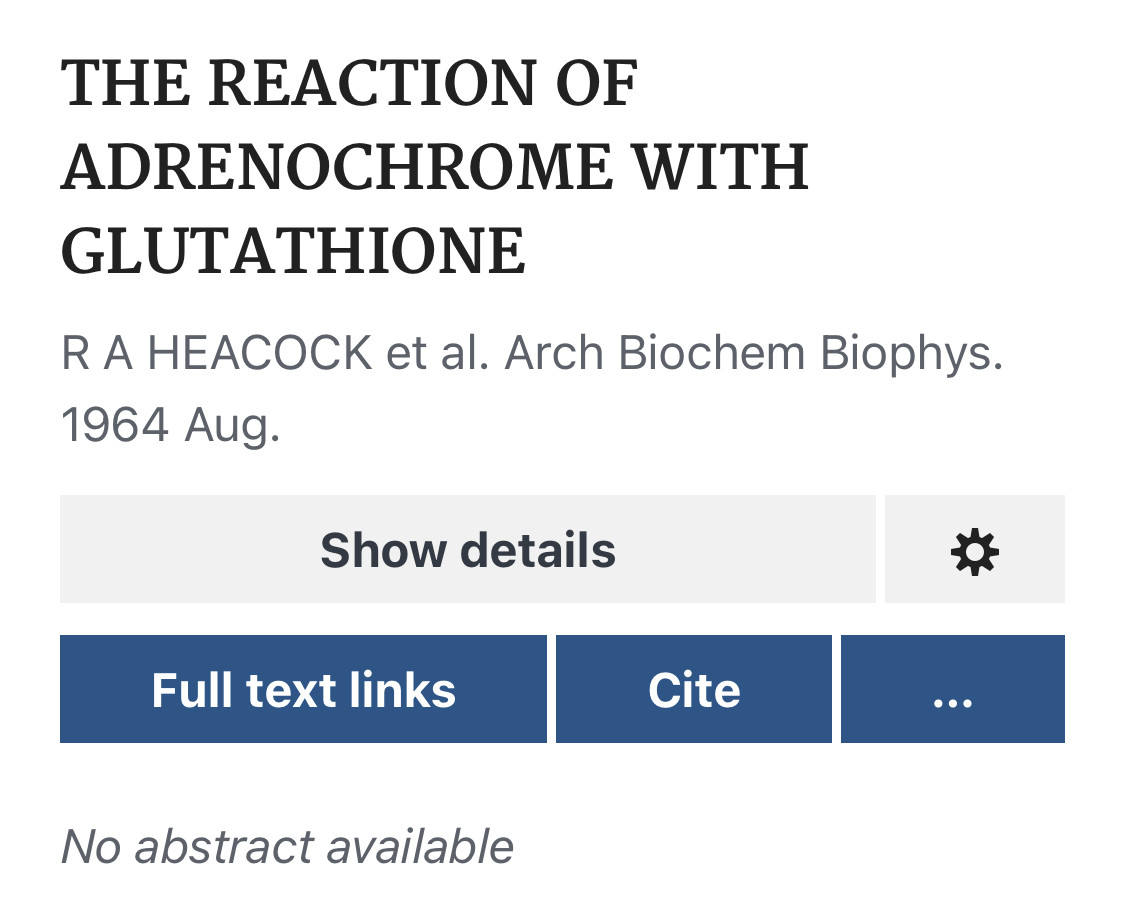Q: do you know how many 'fallen' angels there are (?)
and follow the white rabbit=adrenachrome
The apocryphal Books of Enoch (2nd–1st centuries BC) refer to both good and bad Watchers, with a primary focus on the rebellious ones.
A dilation response (mydriasis), is the widening of the pupil and may be caused by adrenaline, anti-cholinergic agents or drugs such as MDMA, cocaine, amphetamines, dissociatives and some hallucinogenics. Dilation of the pupil occurs when the smooth cells of the radial muscle, controlled by the sympathetic nervous system (SNS), contract.
The responses can have a variety of causes, from an involuntary reflex reaction to exposure or inexposure to light...
—in low light conditions a dilated pupil lets more light into the eye—or it may indicate interest in the subject of attention or arousal, sexual stimulation, uncertainty, decision conflict, errors or increasing cognitive load or demand.
The responses correlate strongly with activity in the locus coeruleus neurotransmitter system.
Neurotransmitters are chemical messengers that transmit a signal from a neuron across the synapse to a target cell, which can be a different neuron, muscle cell, or gland cell. Neurotransmitters are chemical substances made by the neuron specifically to transmit a message.
There are many different ways to classify neurotransmitters. Dividing them into amino acids, peptides, and monoamines is sufficient for some classification purposes.
Peptides (from Greek language πεπτός, peptós "digested"; derived from πέσσειν, péssein "to digest") are short chains of between two and fifty amino acids, linked by peptide bonds. Chains of fewer than ten or fifteen amino acids are called oligopeptides, and include dipeptides, tripeptides, and tetrapeptides.
A polypeptide is a longer, continuous, unbranched peptide chain of up to approximately fifty amino acids. Hence, peptides fall under the broad chemical classes of biological polymers and oligomers, alongside nucleic acids, oligosaccharides, polysaccharides, and others.
Rhodopsin, also called visual purple, pigment-containing sensory protein that converts light into an electrical signal.
As an excitatory neurotransmitter, glutathione depolarizes neurons by acting as ionotropic receptors of its own which are different from any other excitatory amino acid receptors.
Glutathione is involved in the disposal of peroxides by brain cells and in the protection against reactive oxygen species. In coculture astroglial cells protect other neural cell types against the toxicity of various compounds.
The term phase is sometimes used as a synonym for state of matter, but there can be several immiscible phases of the same state of matter. Also, the term phase is sometimes used to refer to a set of equilibrium states demarcated in terms of state variables such as pressure and temperature by a phase boundary on a phase diagram.
Because phase boundaries relate to changes in the organization of matter, such as a change from liquid to solid or a more subtle change from one crystal structure to another, this latter usage is similar to the use of "phase" as a synonym for state of matter. However, the state of matter and phase diagram usages are not commensurate with the formal definition given above and the intended meaning must be determined in part from the context in which the term is used.

